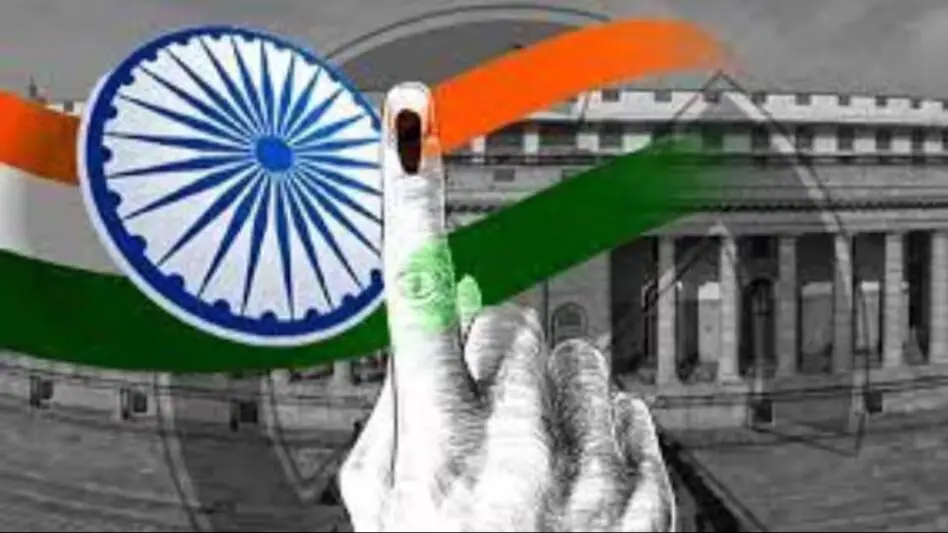Syllabus:
GS2: Indian Constitution—Historical Underpinnings, Evolution, Features, Amendments, Significant Provisions and Basic Structure.
Context:
Recently, former Chief Justices of India appeared before the Joint Committee of Parliament reviewing the ‘One Nation, One Election’ (ONOE) Bill.
More on the News
- The panel headed by BJP MP P.P. Chaudhury is reviewing the Constitution (One hundred and twenty-ninth Amendment) Bill, 2024 and The Union Territories Laws (Amendment) Bill, 2024.
- Both Justice Chandrachud and Justice Khehar pointed out that while the Election Commission gets a wide array of powers to decide when and whether to hold elections in a State or not, but the laws have not prescribed any oversight mechanism to check the EC’s powers.
- In an earlier meeting, former CJI Ranjan Gogoi too had made a similar observation.
- However, both the former CJIs argued that the Bill does not in any way violate the basic structure of the Constitution.
- Justice Khehar suggested that Parliament or the Union Council of Ministers should have a say in taking the call on holding the election of an Assembly, as envisaged under Article 82A (5) of the Constitution (One hundred and twenty-ninth) Amendment Bill.
- Both former CJIs flagged the loophole in the provision that says that if a State Assembly’s session is cut short, then the elections have to be held for the remainder of the term.
- Justice Khehar asked that if the remaining period is only three months or a week, as per the laws in their current form, the elections will have to be held, defeating the very purpose for which these Bills are being brought.
- Justice Chandrachud also concurred with this view, arguing that the Parliament must define the “remaining period”. Leaving it undefined will open it to various interpretations and also allow the government an easy way to impose President’s rule.
Simultaneous Election
- The idea of simultaneous elections proposes aligning the election cycles of the Lok Sabha and State Assemblies.
- This would allow voters to cast their ballots for both tiers of government on the same day in their constituencies, though voting could still occur in phases across the country.
- Historical Background:
- The concept of simultaneous elections is not a new idea in India. Following the adoption of the Constitution, elections to the Lok Sabha and all State Legislative Assemblies were conducted simultaneously from 1951 to 1967.
- The first general elections to the Lok Sabha and State Assemblies were held together in 1951-52, a practice that continued for three subsequent general elections in 1957, 1962, and 1967.
- High-Level Committee on Simultaneous Elections:
- The High-Level Committee on Simultaneous Elections, headed by former President Ram Nath Kovind, was constituted by the Government of India on 2nd September 2023.
- The committee solicited extensive public and political feedback and consulted with experts to analyse the potential benefits and challenges associated with this proposed electoral reform.

Source: The Hindu

